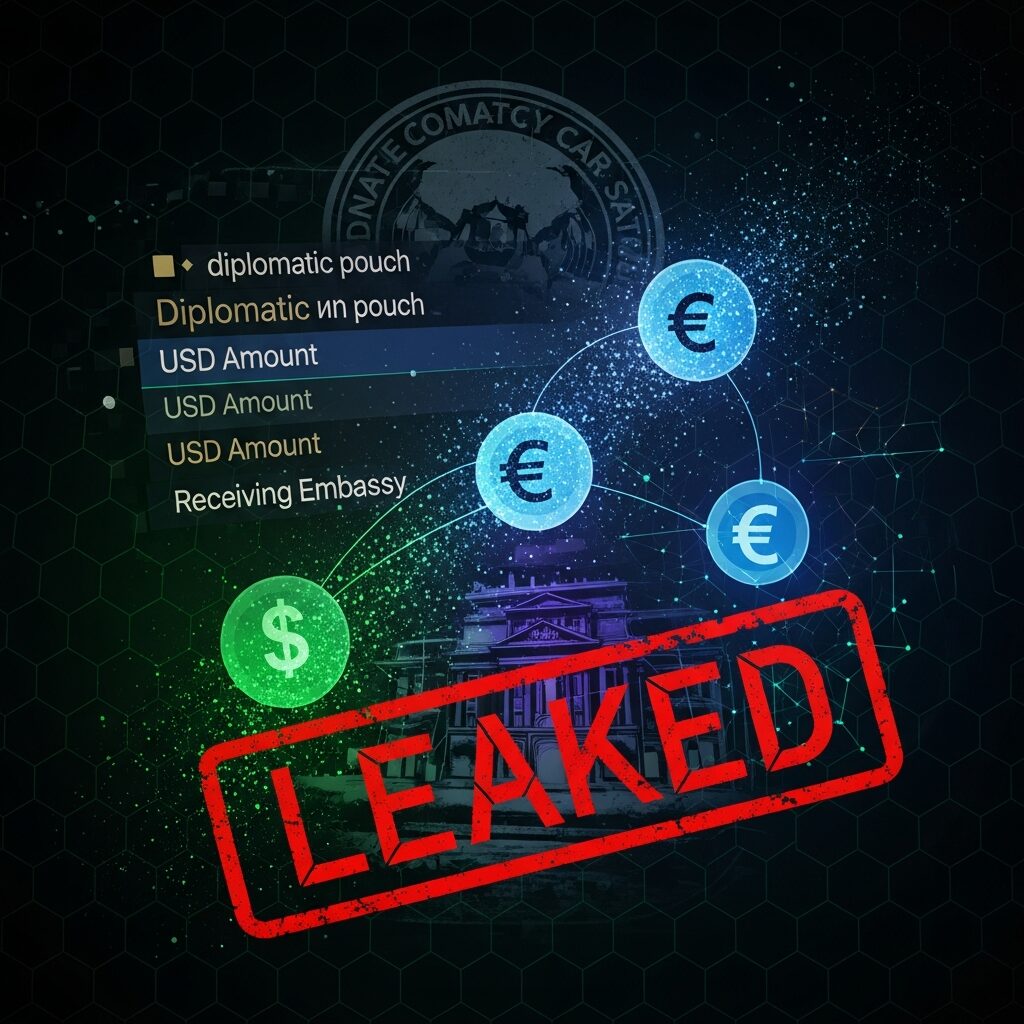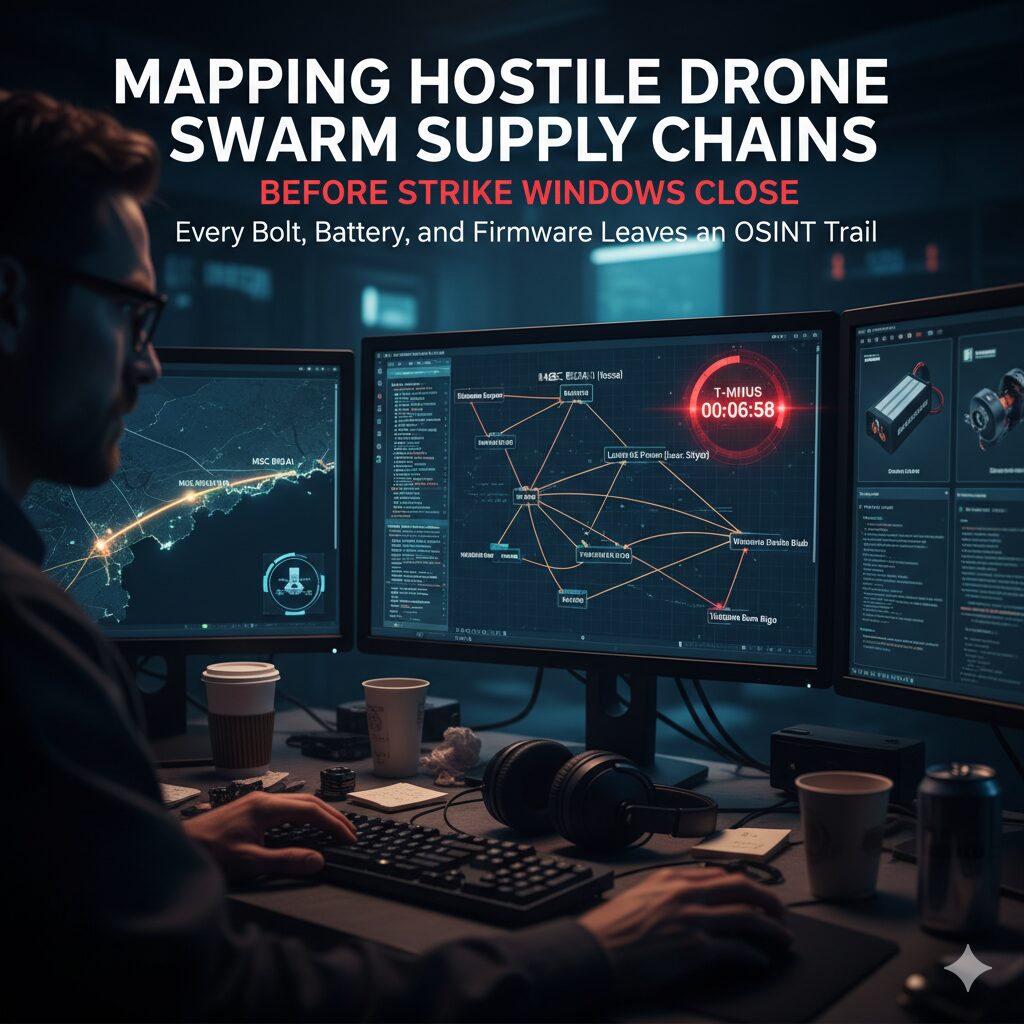If you’re reading this, chances are you’ve already got a pile of intelligence data—some classified, some open. The trick for government and intelligence agencies today: how to combine that wildfire of OSINT classified intelligence integration without setting off a bureaucratic forest fire. Because let’s face it, harnessing OSINT alongside classified intelligence isn’t just a nice-to-have, it’s a damn near necessity. If you don’t get this synergy right, you’re fighting yesterday’s threats with today’s tools—and that’s a luxury no one in our space can afford.
The Growing Importance of OSINT Classified Intelligence Integration
Why so much noise around mixing OSINT and classified data? Simple. Open Source Intelligence (OSINT) provides an extensive volume of real-time, diverse, and often unclassified information that can fill the gaps traditional classified sources often miss. But slapping them together isn’t just about throwing files into the same folder—there are operational, legal, and technical hurdles that almost always trip up agencies.
Consider this your deep dive into the nitty-gritty of navigating those barriers and actually making this integration **work** for your analysts, operatives, and commanders.
Bridging OSINT and Classified Intelligence lays the groundwork, but here we get down into the trenches with practical insights and the evolving tech landscape.
Known Challenges That Trip Up Integration Efforts
- Classification Boundaries: OSINT data is often unclassified or low-level, while other intel is highly restricted. Segregating these within workflows without losing context is tricky.
- Technical Silos: Different intel sources use incompatible platforms, formats, and tools. Integrating these seamlessly requires smart middleware and APIs.
- Legal & Privacy Constraints: Using OSINT can invite privacy and compliance issues, particularly around personal data. Agencies need clear boundaries and audit trails.
- Analyst Overload: A tsunami of OSINT with classified intel can drown analysts without prioritization frameworks or automation.
Key Strategies for Effective OSINT Classified Intelligence Integration
Now that we’ve outlined the usual suspects blocking your path, here’s a playbook to overcome each one. Take notes, because this is where the rubber meets the road.
- Unified Data Environments: Build or acquire platforms that support multi-level data classification and combine OSINT with classified intel within controlled, compartmentalized environments.
- Automated Link Analysis: Motion-less analysts are yesterday’s news. Accelerate insight generation by leveraging automation tools that parse relationships within integrated data.
- Compliance-First Mindset: Embed privacy and legal compliance modules upfront. It’s less sexy, but this protects your agency from operational and reputational blowback.
- Collaborative Case Management: Encourage multi-role collaboration through shared, secure workspaces. OSINT insights can then inform classified analysis and vice versa.
- AI-Powered Prioritization: Don’t make your team chase every shiny object online. Use AI to filter and highlight the high-risk intelligence nuggets worth a deeper look.
Bonus: Implement platforms like Kindi — an AI-driven OSINT platform designed to speed up intelligence workflows through automation, advanced link analysis, and secure collaboration capabilities. Kindi’s approach embodies modern integration without the mess and slows agents down less than grandma’s dial-up.
Real-World OSINT Classified Intelligence Integration Examples
Talking strategy is one thing; seeing it in action drives home why integration is no pipe dream. Here are some operational scenarios where this fusion made a tangible difference:
| Use Case | Description | Benefit |
|---|---|---|
| Counterterrorism Operations | OSINT feeds social media chatter and dark web chatter, combined with signals from classified intercepts. | Faster detection of emerging threats and earlier interdiction opportunities. |
| Geopolitical Decision-Making | Satellite imagery (classified) fused with open diplomatic communications and news articles. | Enhanced situational awareness and diplomatic posture calibration. |
| Cyber Threat Hunting | OSINT reveals leaked credentials and chatter; classified intel offers insight into adversary campaigns. | Prioritized alerting and reduced false positives for SOC teams. |
Want more concrete examples? Dive into How Military Teams Use OSINT to Boost Threat Intelligence and Battlefield Awareness for further detail.
Embedding OSINT into Classified Frameworks: Technical and Cultural Shifts
Integration isn’t just a tech project—it’s a culture shift. Agencies need to embrace a broader intelligence paradigm that values open sources as much as secret reports. That means:
- Cross-training analysts on OSINT tradecraft and classified processing rules.
- Developing hybrid workflows that draw on strengths of both intelligence forms.
- Investing in cross-domain solutions that safely bridge data without breaching law or policy.
On the tech side, think automation and orchestration layers that sit between source silos and presentation dashboards. This approach minimizes human error and maximizes analyst time on meaningful synthesis instead of data wrangling. Platforms offering these capabilities, including Kindi, fit naturally into this role.
Final Thoughts: OSINT Classified Intelligence Integration as a Force Multiplier
For government entities, the stakes could not be higher. OSINT and classified intelligence together provide a richer, more dynamic intelligence picture—if you can master the integration. Modern threats don’t sit politely waiting for analysts to untangle data silos; they move fast, adapt, and exploit gaps relentlessly.
Mastering this integration is no longer optional. It’s your strategic edge, your squad’s force multiplier, and the tool to outthink adversaries before they strike.
Don’t just take my word for it — make it happen, and your teams will thank you when those high-stakes decisions come down to what you *know* rather than what’s missing.
Want to strengthen your OSINT skills? Check out our free course
Check out our OSINT courses for hands-on training.
Or explore Kindi — our AI-driven OSINT platform built for speed and precision.
FAQ
- What is OSINT classified intelligence integration?
- It is the process of combining open source intelligence data with traditional classified intelligence to enhance the comprehensiveness and effectiveness of threat analysis.
- Why is integrating OSINT with classified intel challenging?
- Challenges include differences in classification, technical incompatibilities, legal/privacy concerns, and analyst overload due to data volume.
- How can agencies overcome these challenges?
- By adopting unified data environments, automation, compliance frameworks, collaborative tools, and AI-powered prioritization.
- What role does automation play in this integration?
- Automation streamlines data processing, enables link analysis, and helps prioritize intelligence, reducing manual workload and analyst fatigue.
- Are there specific tools recommended for OSINT classified intel integration?
- Platforms like Kindi offer automation, advanced link analysis, and secure collaboration specially designed to address integration needs.




